The Diverse Applications Of Mineral Talc: A Comprehensive Guide
The Diverse Applications of Mineral Talc: A Comprehensive Guide
Related Articles: The Diverse Applications of Mineral Talc: A Comprehensive Guide
Introduction
With great pleasure, we will explore the intriguing topic related to The Diverse Applications of Mineral Talc: A Comprehensive Guide. Let’s weave interesting information and offer fresh perspectives to the readers.
Table of Content
- 1 Related Articles: The Diverse Applications of Mineral Talc: A Comprehensive Guide
- 2 Introduction
- 3 The Diverse Applications of Mineral Talc: A Comprehensive Guide
- 3.1 Understanding the Properties of Mineral Talc
- 3.2 Applications of Mineral Talc in Everyday Products
- 3.3 Importance and Benefits of Using Talc in Products
- 3.4 Addressing Concerns and Safety Considerations
- 3.5 FAQs Regarding Products Containing Mineral Talc
- 3.6 Tips for Choosing Products Containing Mineral Talc
- 3.7 Conclusion
- 4 Closure
The Diverse Applications of Mineral Talc: A Comprehensive Guide
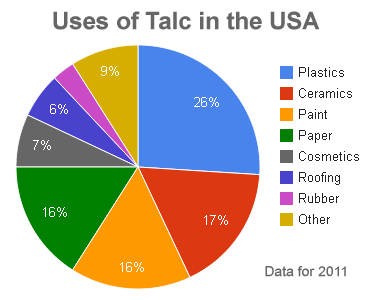
Mineral talc, a naturally occurring hydrated magnesium silicate, has found its way into countless products across various industries. Its unique properties, including its softness, lubricity, and chemical inertness, make it a valuable ingredient in diverse applications, contributing to both everyday convenience and specialized industrial processes. This article provides a comprehensive overview of the products that contain mineral talc, highlighting its significance and benefits while addressing common concerns.
Understanding the Properties of Mineral Talc
Talc’s unique properties stem from its chemical composition and crystalline structure. Its soft, slippery nature, measured on the Mohs hardness scale as 1 (the softest mineral), arises from the layered structure of its crystals. This softness translates into excellent lubricity, allowing it to reduce friction between surfaces. Talc’s inertness means it does not readily react with other substances, making it suitable for use in products requiring stability and minimal chemical interaction.
Applications of Mineral Talc in Everyday Products
1. Cosmetics and Personal Care:
- Powder Products: Talc is a key ingredient in powders, including baby powder, face powder, and body powder. Its absorbency helps to absorb moisture and oil, leaving skin feeling dry and smooth.
- Makeup: Talc is incorporated into various makeup products, including eyeshadow, blush, and foundation, enhancing texture, providing a smooth application, and absorbing excess oil.
- Deodorants: Talc’s absorbent properties help to absorb moisture and reduce sweat, contributing to a drier and fresher feeling.
2. Pharmaceuticals:
- Tablet Lubricants: Talc’s lubricity aids in the manufacturing of tablets by reducing friction during compression, ensuring smooth tablet formation and preventing sticking.
- Fillers and Diluents: Talc’s inert nature makes it a suitable filler and diluent in pharmaceutical formulations, adjusting the volume and consistency of medications without altering their chemical properties.
3. Food Industry:
- Food Additives: Talc is sometimes used as an anti-caking agent in powdered food products, preventing clumping and maintaining a consistent texture.
- Food Packaging: Talc is used as a release agent in food packaging, preventing food from sticking to the packaging material.
4. Other Applications:
- Paints and Coatings: Talc acts as a filler and extender in paints and coatings, reducing cost and improving flow properties.
- Paper and Plastics: Talc is incorporated into paper and plastic products to enhance their smoothness, opacity, and strength.
- Ceramics: Talc is used in ceramic manufacturing to improve workability and reduce shrinkage during firing.
Importance and Benefits of Using Talc in Products
The use of talc in products offers several advantages:
- Improved Texture and Feel: Talc’s softness contributes to a smooth, silky texture and feel in products like cosmetics and powders.
- Enhanced Lubrication: Its lubricity reduces friction, facilitating smooth application in cosmetics and improving the flow properties of paints and coatings.
- Increased Absorbency: Talc’s absorbent properties help control moisture in products like powders and deodorants, contributing to a drier and fresher feeling.
- Improved Workability: Talc’s inertness and properties allow for easier processing and manipulation of materials in industries like pharmaceuticals and ceramics.
- Cost-Effectiveness: Talc is a relatively inexpensive mineral, making it a cost-effective ingredient in various products.
Addressing Concerns and Safety Considerations
Despite its wide-ranging uses, talc has been the subject of some controversy, primarily due to concerns about potential health risks associated with asbestos contamination. While talc itself is not inherently hazardous, some talc deposits may contain trace amounts of asbestos, a known carcinogen.
1. Asbestos Contamination:
- Regulation and Testing: Stringent regulations are in place to ensure that talc used in products meets safety standards and is free of asbestos contamination. Thorough testing is conducted throughout the mining, processing, and manufacturing stages to ensure the absence of asbestos.
- Responsible Sourcing: Reputable manufacturers source talc from reputable suppliers who adhere to strict quality control measures, minimizing the risk of asbestos contamination.
- Consumer Awareness: Consumers can play a role in minimizing risk by choosing products from reputable brands that prioritize safety and transparency.
2. Other Potential Health Concerns:
- Skin Irritation: Some individuals may experience skin irritation from talc, especially those with sensitive skin. It is essential to choose products formulated for sensitive skin and test a small area before applying to a larger area.
- Inhalation: While talc itself is not considered harmful when inhaled, inhaling large amounts of talc powder can irritate the lungs. It is advisable to avoid inhaling talc powder and use products in well-ventilated areas.
3. Research and Ongoing Monitoring:
Ongoing research and monitoring are crucial to ensure the safety of talc and address any emerging concerns. The scientific community continues to investigate the potential health effects of talc and the effectiveness of regulations in minimizing risks.
FAQs Regarding Products Containing Mineral Talc
1. Is talc safe to use in cosmetics and personal care products?
Talc is generally considered safe for use in cosmetics and personal care products when it is free of asbestos contamination. Reputable manufacturers adhere to strict regulations and testing procedures to ensure the safety of their products.
2. What are the potential health risks associated with talc?
The primary concern regarding talc is the potential for asbestos contamination. While talc itself is not carcinogenic, asbestos is a known carcinogen. Therefore, it is crucial to choose products from reputable brands that ensure their talc is asbestos-free.
3. How can I avoid using talc products?
There are many alternative ingredients available for use in cosmetics and personal care products. Some common substitutes for talc include cornstarch, arrowroot powder, and rice powder.
4. Is talc used in food products safe?
Talc is sometimes used as an anti-caking agent in powdered food products. It is generally considered safe for this purpose when used in accordance with regulatory guidelines.
5. Can talc be harmful to the environment?
Talc mining can have some environmental impacts, such as habitat disturbance and soil erosion. It is important to choose products from companies that prioritize sustainable practices and minimize their environmental footprint.
Tips for Choosing Products Containing Mineral Talc
- Choose reputable brands: Select products from companies known for their commitment to quality and safety.
- Look for certifications: Look for certifications like "asbestos-free" or "non-GMO" to ensure the product meets specific standards.
- Read product labels carefully: Pay attention to the ingredients list and choose products that specifically state "asbestos-free talc."
- Consider alternatives: If you have concerns about talc, explore products that use alternative ingredients like cornstarch or arrowroot powder.
- Use products as directed: Follow the instructions on the product label to ensure safe and effective use.
Conclusion
Mineral talc remains a valuable ingredient in a wide range of products, contributing to their functionality, texture, and cost-effectiveness. While concerns regarding asbestos contamination have prompted increased scrutiny and regulation, responsible sourcing and rigorous testing have significantly minimized risks. Consumers can make informed choices by selecting products from reputable brands and prioritizing safety and transparency. Ongoing research and monitoring will continue to ensure the safe and responsible use of talc in various applications.
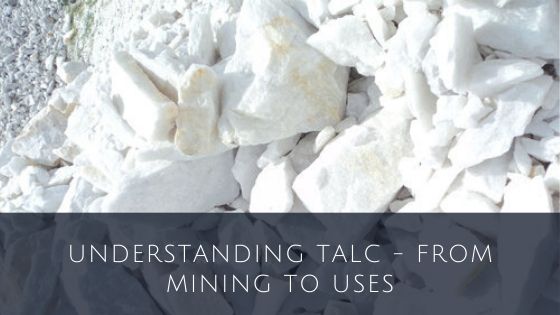
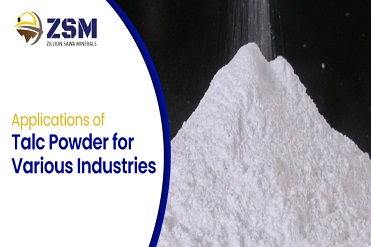


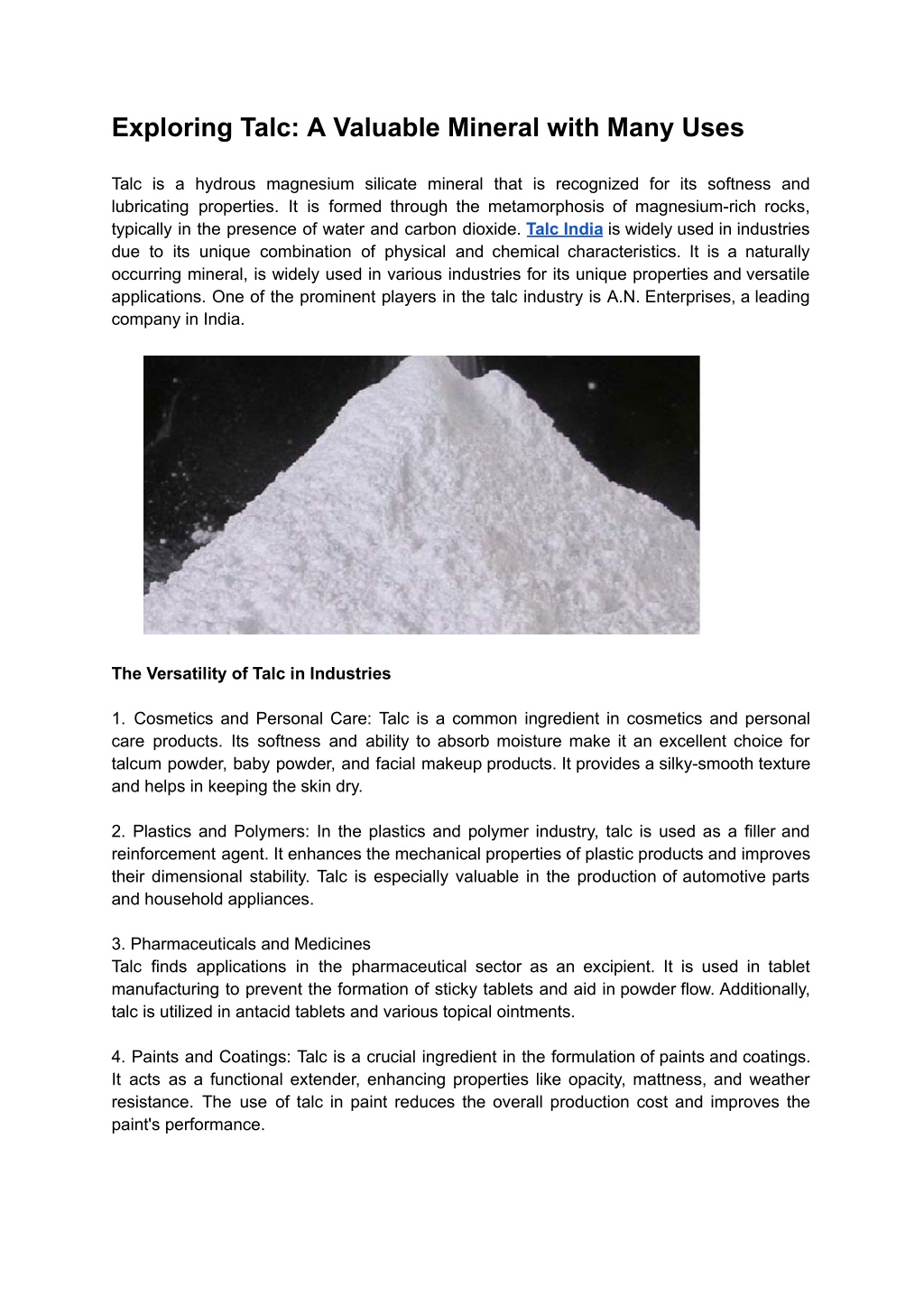

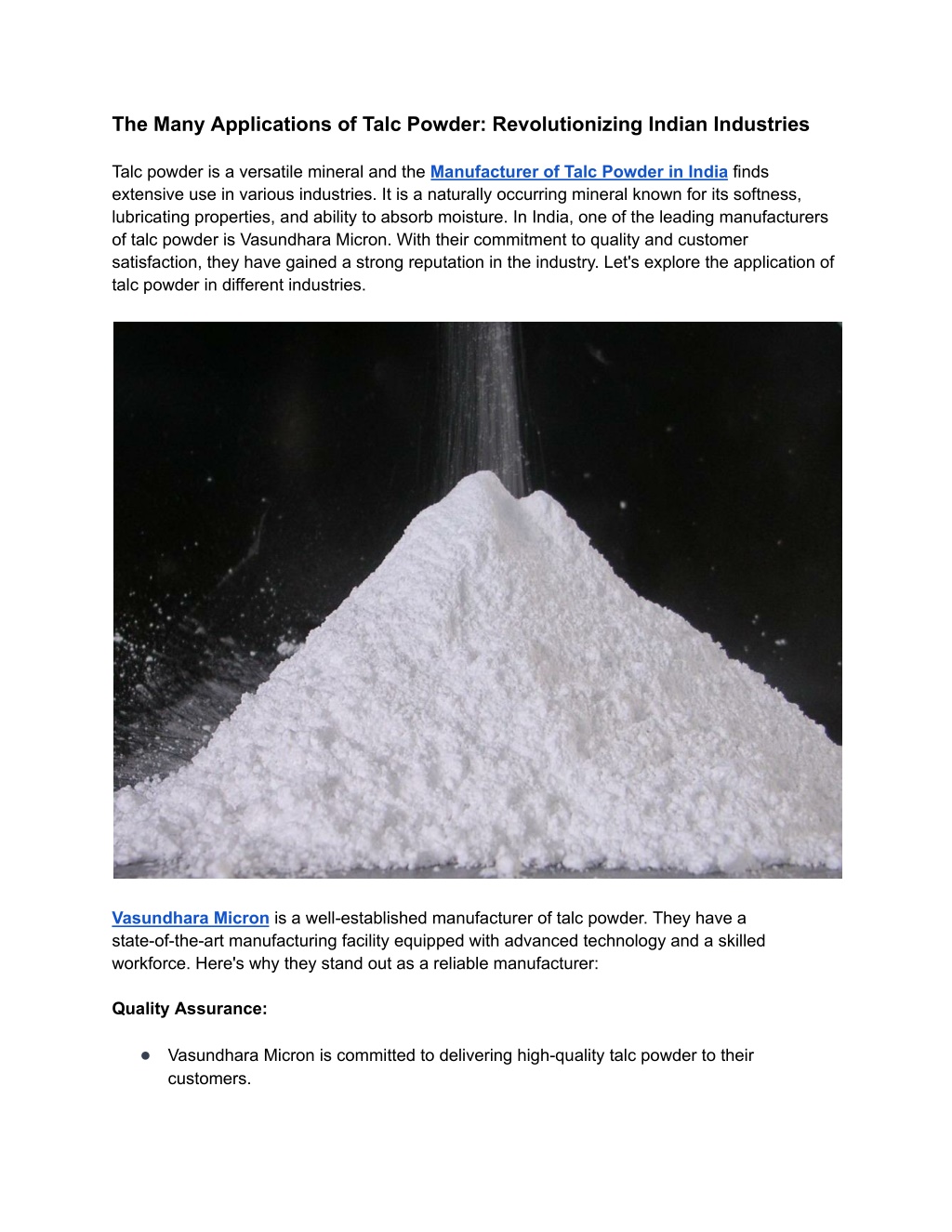
Closure
Thus, we hope this article has provided valuable insights into The Diverse Applications of Mineral Talc: A Comprehensive Guide. We thank you for taking the time to read this article. See you in our next article!
You may also like
Recent Posts
- The Art Of Persuasion: A Comprehensive Guide To Makeup Product Label Design
- A Comprehensive Look At Mary Kay Cosmetics: Reviews, Insights, And Considerations
- Affordable Skin Care: A Guide To Effective Products Under INR 100
- Navigating The World Of Mary Kay Discounted Products: A Comprehensive Guide
- The Power Of High-Resolution Images: A Guide To Acquiring The Best Visuals For Your Projects
- The Power Of Reviews: Navigating The World Of Makeup Products
- Swiss Beauty Makeup: A Comprehensive Guide To Quality And Affordability
- Embracing Natural Beauty: Makeup Tips And Techniques For Women Over 50
Leave a Reply